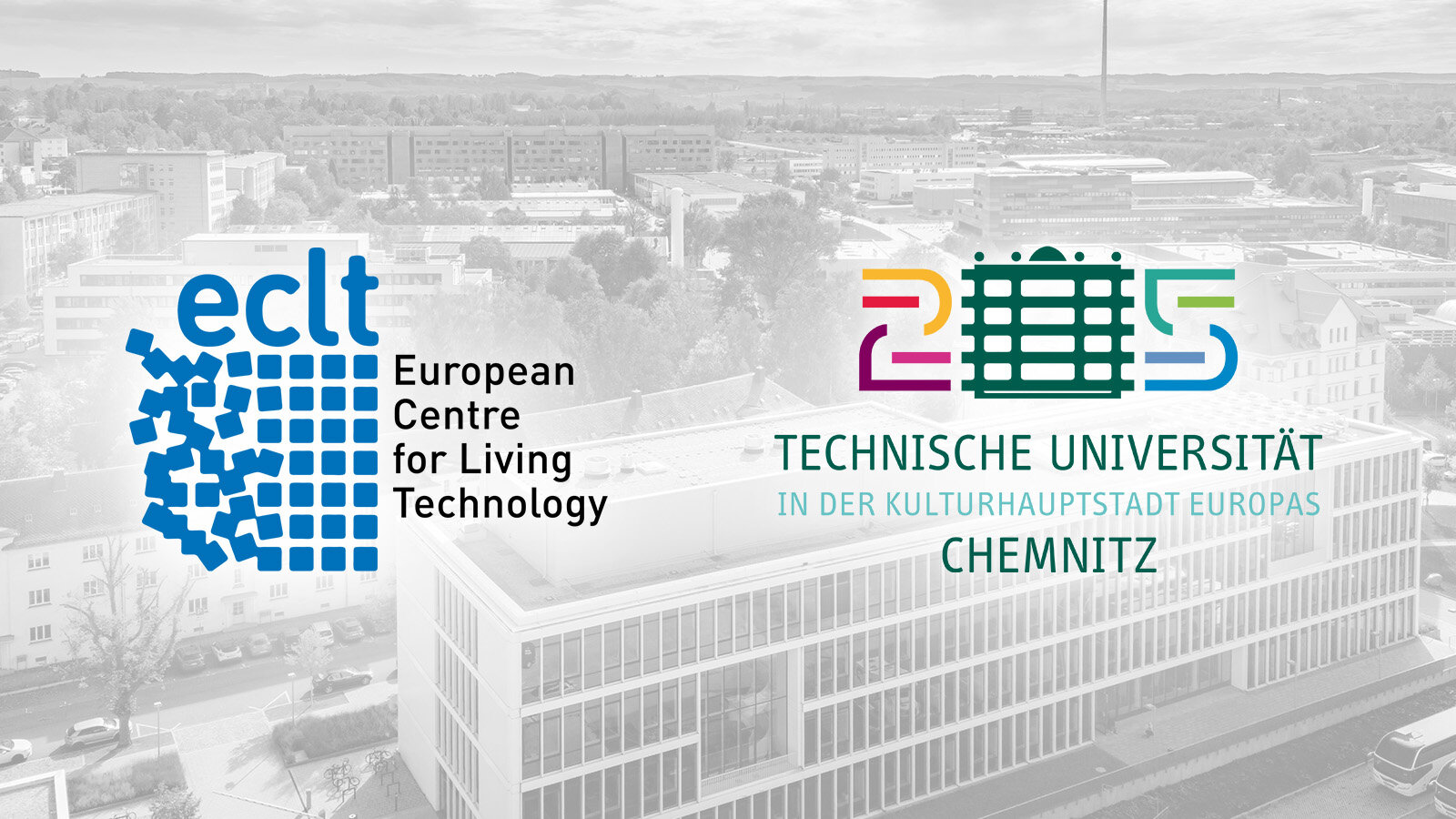Research
As a new member of the renowned European research network “European Center for Living Technology”, the scientists of the Research Center for Materials, Architectures and Integration of Nanomembranes (MAIN) benefit from the exchange with colleagues at the highest international level
-
Chemnitz University of Technology is a member of the renowned European research network “European Center for Living Technology” (ECLT). Graphics/Collage: ECLT/Jacob Müller
Chemnitz University of Technology is a member of the renowned international European Center for Living Technology (ECLT), which is based at Ca’ Foscari University in Venice. With its inclusion in the ECLT, Chemnitz University of Technology is one of a group of 18 outstanding scientific institutions that research the core properties of life with a view to developing revolutionary technologies.
From Chemnitz University of Technology, Prof. Dr. Oliver G. Schmidt, Scientific Director of the Research Center for Materials, Architectures and Integration of Nanomembranes (MAIN), the activities of the TU within the framework of the ECLT. Prof. Dr. John S. McCaskill, one of the founding directors and member of the scientific advisory board of ECLT, who has been researching at the MAIN research center since August 2022, welcomes this development: “It is exciting for the ECLT to include the TU Chemnitz with the research center MAIN around Prof. Schmidt, because his team is on the cusp of a new form of living technology based on foldable microelectronic components.”
Prof. Achille Giacometti, one of the directors at ECLT, emphasizes: “Professor Schmidt is a world leader in the development of innovative microrobotics. At Chemnitz University of Technology, he and his team conduct research at the interface between materials science, micro- and nanoelectronics, energy storage and biomedical applications. The highly functional, microelectronic and mechanically extremely flexible components developed at the MAIN research center share the ability of self-awareness, movement and self-organization with natural organisms.” Research in Chemnitz thus fills an important gap in the realization of living technologies.
“I am very pleased that the TU Chemnitz with the research center MAIN is now a member of the ECLT. We will benefit greatly from discussing, interacting and collaborating in a network of top-class experts in the multifaceted field of artificial life,” says Prof. Oliver G. Schmidt. The membership is an important building block for advancing cutting-edge research in the field of “Materials and Intelligent Systems” as a core competence of Chemnitz University of Technology on the international stage.
Background: The ECLT Network of Excellence researches the core properties of life
The international research network for “Living Technologies” includes 18 European and non-European research institutions. The member institutions of the ECLT are united in that they are represented by renowned professors who regularly publish in high-ranking journals and research technologies that benefit from the core properties of life. This is more than biomimetics – imitating certain characteristics of natural beings. The research focuses on the ability of life to describe itself, to copy through the DNA, to perceive itself, to distinguish itself from other life and the inanimate, to preserve its own life and to absorb the necessary components and energy for its own construction. These special properties include self-organization, adaptability, evolution, and the ability to evolve.
Further information grants Prof. Dr. Oliver G. Schmidt, scientific director of the MAIN research center and holder of the professorship for material systems in nanoelectronics at Chemnitz University of Technology, phone +49 371 531-36761, email [email protected]
Matthias Fejes
17.03.2023
